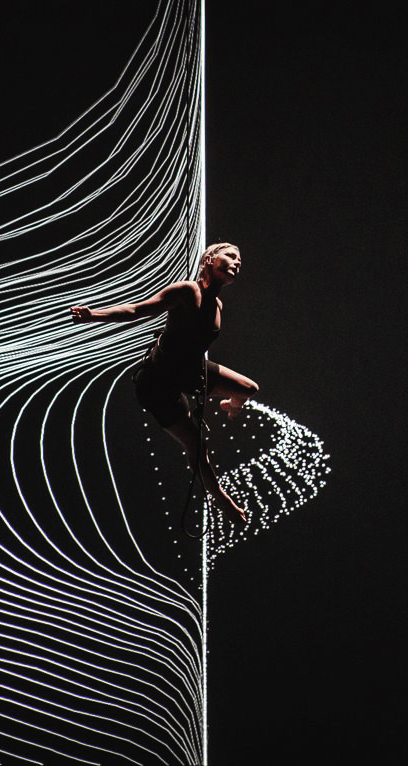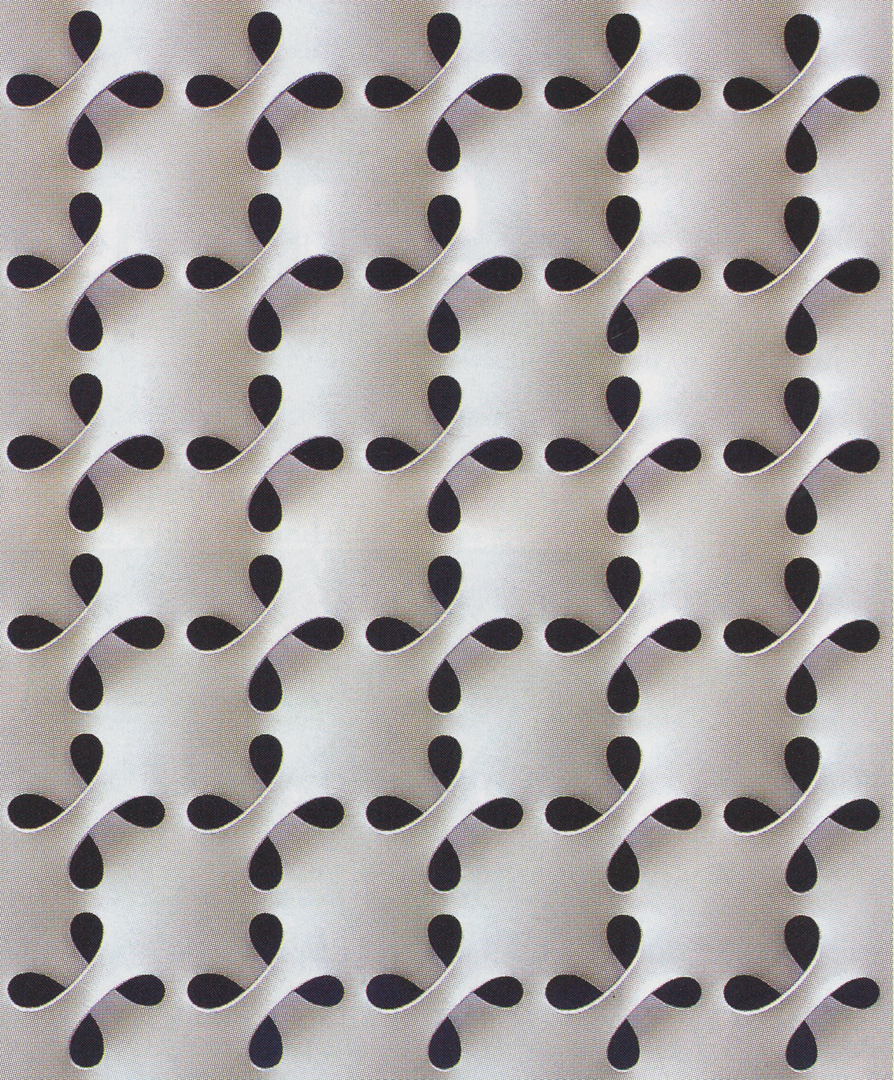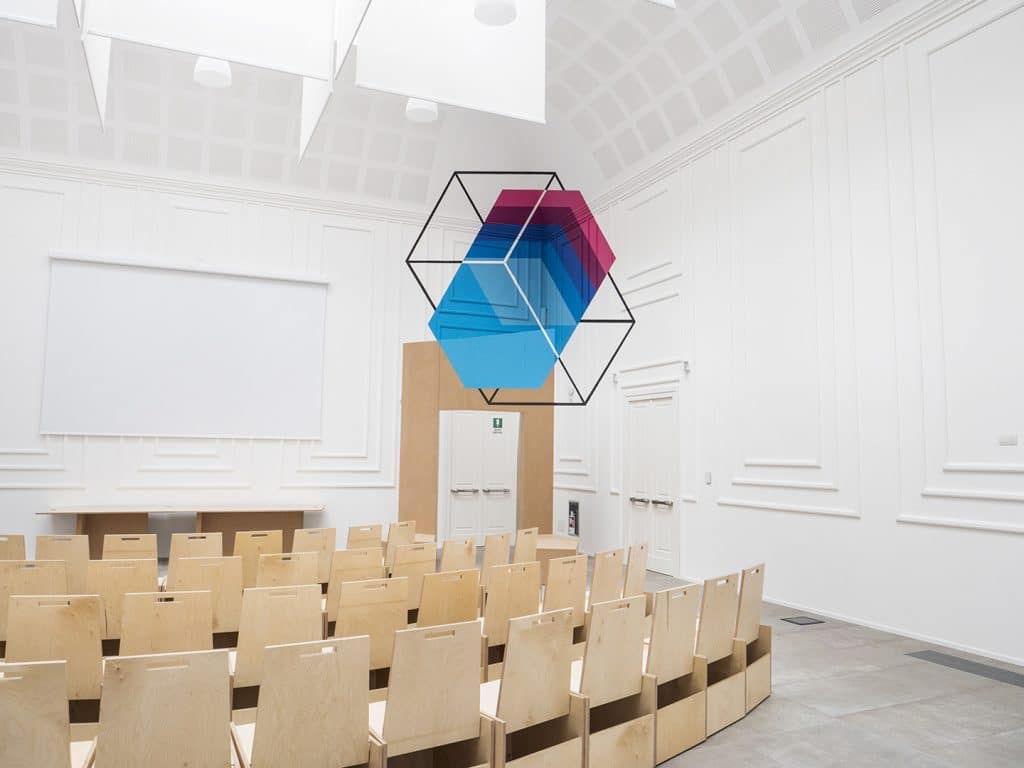
Nicolas Bernier
frequencies (light quanta)
The project is part of an ongoing process entitled «frequencies», exploring basic sound and light dichotomic systems. Here, frequencies (light quanta) stems from a fascination towards science, light, and granular synthesis allowing to create clouds/grains of sounds. The conceptual focus lies in the quantum — the smallest measurable value of energy —, on the smallness of matter. The whole project is based on the possible conceptual relationships between basic quantum physics principles applied to the audio-visual creative process: particles, probabilities, wave/particle duality and discontinuity. Metaphorically structured around these notions, the audio-visual composition stems from 100 sound and light micro-sequences that develop themselves, generating an ever expending but yet disruptive form in time and space. With the use of randomness, the vectorial graphics are always creating new ways to look at the visual, physically superimposing pattern images.









